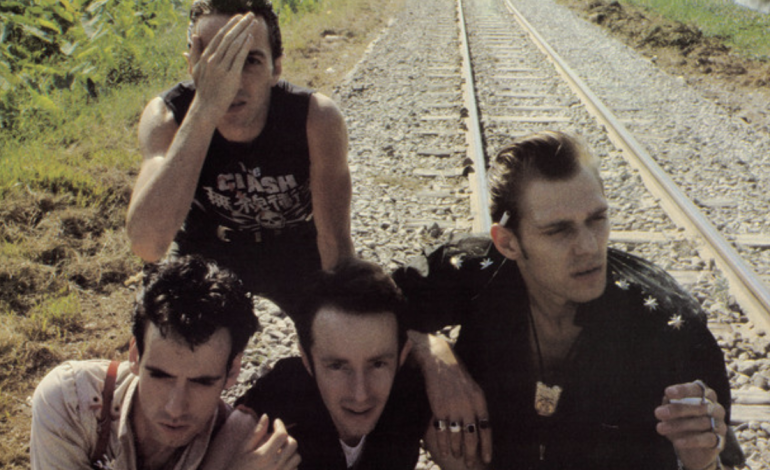
Mick Jones, guitarist of The Clash and founder of Big Audio Dynamite, has opened a new exhibition celebrating various pieces of 20th-century pop culture history. Running from 1 to 16 March at London’s Farsight Gallery, the latest show marks the first time since 2019 that Jones’ Rock ‘n’ Roll Public Library has been on display to the public.
The ‘library’ is made up of tens of thousands of items from Jones’ personal collection, gathered over his lifetime. This includes stage-worn clothing, original posters for his shows, and musical equipment from his time in The Clash, as well as a variety of physical media which audiences are encouraged to engage with.
Alongside the new exhibition, the Rock ‘n’ Roll Public Library are launching a magazine to act as a portable version or the archive. Their first issue is DIY-themed, paying homage to the self-sufficient spirit of the early punk movement, and acts as a parallel to the zine, which were written, designed, and printed by fans.
Comment byu/janalisin from discussion inpunk
DIY culture was a central pillar of punk, with bands releasing their own music through independent labels, and choosing to make their own unique clothing, all in an effort to be self-sufficient, and not rely on the music industry. The Clash emerged from this world, but quickly signed to CBS records for £100,000, prompting accusations of selling out. Mark Perry, founder of influential punk zine Sniffin’ Glue, declared, “Punk died the day The Clash signed to CBS.”
Kirk Lane, one part of the Rock ‘n’ Roll Public Library Team, describes the collection as charting the journey of an imaginary figure as they meander through childhood into art and music. “This [current] exhibition expands on and complements the first issue of the magazine which is a general overview of the archive,” said Lake.
The exhibition’s immersive style, ranging from rooms resembling a mid-century living room to books of handwritten notes that guests are free to browse, will feel familiar to visitors of Davd Bowie Is and The Beatles Story. This project is more hands-on, however, actively encouraging visitors to handle many of the items, and read the hundreds of books that make up the archive.
Jones has expressed a desire to find a permanent home for the ever-changing exhibition, saying at one of the very first exhibitions in 2009, “I’d like to have a permanent place to exhibit the whole collection… like a library where you can come and see the stuff and maybe get a copy or sit there and read it.”
Though many fans of Jones and The Clash will want to visit the exhibition, the limited duration and location will leave many relying on the magazine to get their fill. Described as a “ragged map to aid further exploration and inspire creation,” it will initially be sold exclusively at the exhibition before becoming available online and in selected shops.
With each issue exploring a new theme, the project invites readers into Jones’ obsession with pop culture, a physical link between today and a world that has almost entirely disappeared. The exhibition is open until 16 March and is free to all visitors.
